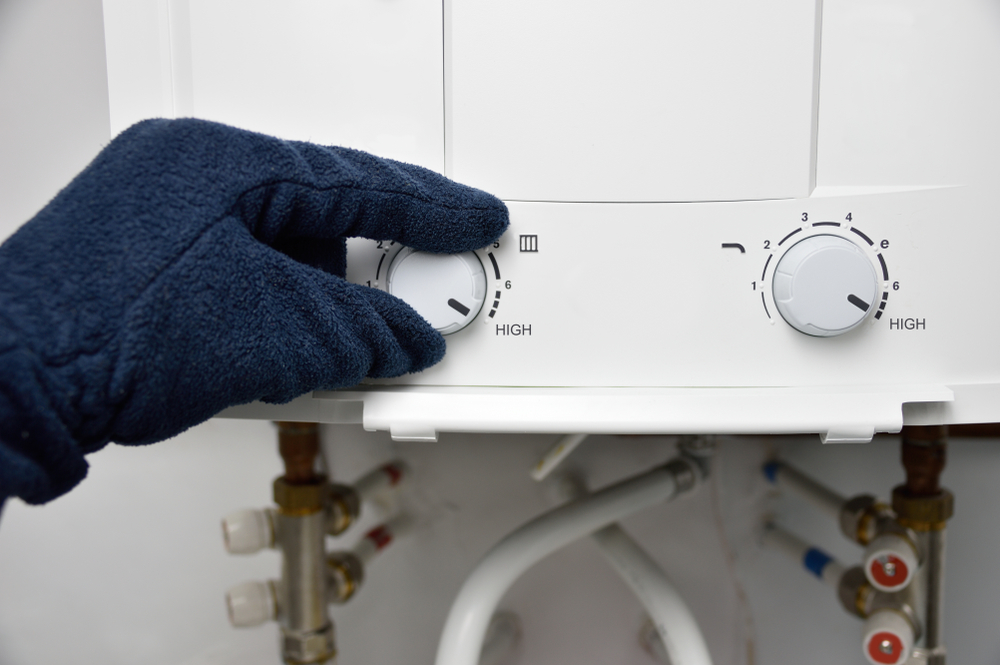The concept of tankless water heaters has gained significant momentum in recent years, with more and more homeowners considering this energy-efficient alternative to traditional tank-style models. As a reliable and environmentally friendly solution for your home’s hot water needs, tankless water heaters offer an array of advantages, including space-saving design, endless hot water supply, and reduced energy bills. However, with various options available in the market, selecting the right tankless water heater for your home can be a daunting task.
Shoreway Plumbing, the go-to plumbing service provider in Redwood City, CA, aims to simplify your decision-making process with an in-depth guide to choosing the right tankless water heater for your home. Our comprehensive guide will help you navigate the complexities involved in selecting the best model to suit your needs, factoring in your home’s size, water consumption patterns, and energy efficiency goals.
Understanding the Benefits of Tankless Water Heaters
Before diving into the factors to consider when choosing your tankless water heater, let’s explore the primary benefits that these models provide:
- Energy efficiency: Tankless water heaters only heat water on demand, consuming energy only when needed, resulting in lower utility bills and reduced greenhouse gas emissions.
- Space-saving design: Compact and wall-mounted, these units require less space than traditional tank-style models, providing more room for storage and other purposes.
- Continuous hot water supply: Unlike tank-style heaters, tankless water heaters supply endless hot water, eliminating the need to wait for hot water between uses.
- Longer lifespan: Tankless water heaters tend to last longer than their tank-style counterparts, providing an estimated 20+ years of service compared to 10-15 years for a standard tank heater.
Key Factors to Consider When Choosing a Tankless Water Heater
To ensure that you select the right tankless water heater for your home, consider the following primary factors:
- Fuel type: Tankless water heaters can be either electric or gas-powered, impacting installation costs, energy efficiency, and performance.
- Size and capacity: The size of your unit should align with your home’s hot water demands, factoring in the flow rate and temperature rise.
- Energy Factor (EF) rating: The EF rating is a measure of energy efficiency, with higher ratings indicating a more efficient unit.
- Installation requirements: Ensuring that your home’s existing electrical or gas infrastructure can support the chosen model is essential.
Electric vs. Gas-Powered Tankless Water Heaters: Pros and Cons
When selecting a tankless water heater, homeowners face the primary decision of choosing between electric and gas-powered models. Below, we examine the advantages and disadvantages of each type:
*Electric Tankless Water Heaters*
Pros:
– Often easier and cheaper to install due to no requirement for venting.
– Can have higher energy efficiency ratings than some gas units.
– Suitable for small to medium-sized homes, depending on the model.
Cons:
– May require electrical upgrades to accommodate the increased load.
– Generally not suitable for larger homes or simultaneous multiple hot water usage.
*Gas-Powered Tankless Water Heaters*
Pros:
– Provide higher flow rates, suitable for simultaneous hot water demands in larger households.
– Can be more cost-effective in the long run, depending on energy costs in your region.
Cons:
– Venting requirements can complicate installation and increase installation costs.
– Less energy-efficient than electric models due to the energy lost through exhaust gasses.
Sizing Guidelines for Tankless Water Heaters Based on Your Home’s Requirements
To determine the right size for your tankless water heater, calculate the required flow rate and temperature rise, using the following guidelines:
- Identify your home’s peak hot water demand by adding up the flow rates (in gallons per minute or GPM) of all fixtures and appliances that you may use simultaneously.
- Determine the temperature rise by subtracting the incoming water temperature from your desired hot water temperature (generally 120°F).
- Review product specifications to ensure the selected model can accommodate both the calculated flow rate and temperature rise for your needs.
Tips for Proper Installation and Maintenance to Ensure Optimal Performance
Once you’ve chosen the right tankless water heater, consult a qualified plumbing professional for proper installation.
A yearly inspection and servicing by a professional can help prolong the life of your tankless water heater, maintain energy efficiency, and optimize performance. Maintenance tasks may include:
- Flushing and descaling the system to remove any buildup of minerals and debris.
- Inspecting and cleaning the heat exchanger.
- Verifying safety and performance controls.
Conclusion
As an energy-efficient and space-saving solution, a tankless water heater can be an excellent investment for your home. By considering the factors enumerated in this guide, you can make an informed decision and choose the right model to align with your needs and preferences.
If you’re considering a tankless water heater installation for your Redwood City, CA home, trust Shoreway Plumbing to provide top-quality local plumbing services. Our team of experienced technicians is dedicated to ensuring your home’s plumbing system remains in excellent condition. Browse through our website to learn more about our services and schedule an appointment today.


